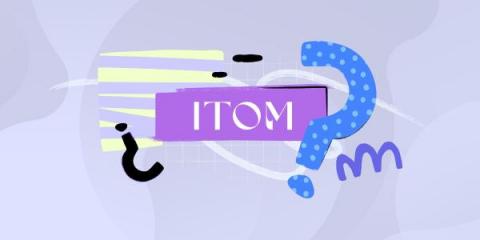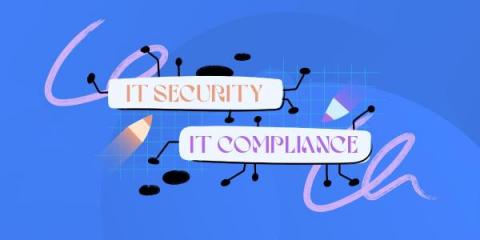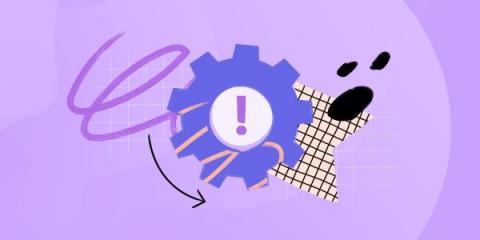5 ITIL Standards and Best Practices Your Help Desk Should Be Following
Let's say you’re already adhering to ITIL standards and an ITIL maintenance plan. That's excellent. But as we know, improvement is a “forever” process; an ongoing, continuous, ever-present quest for betterment. With that in mind, we think it’s a good idea to check out these 5 ITIL standards and best practices you can’t live without.











